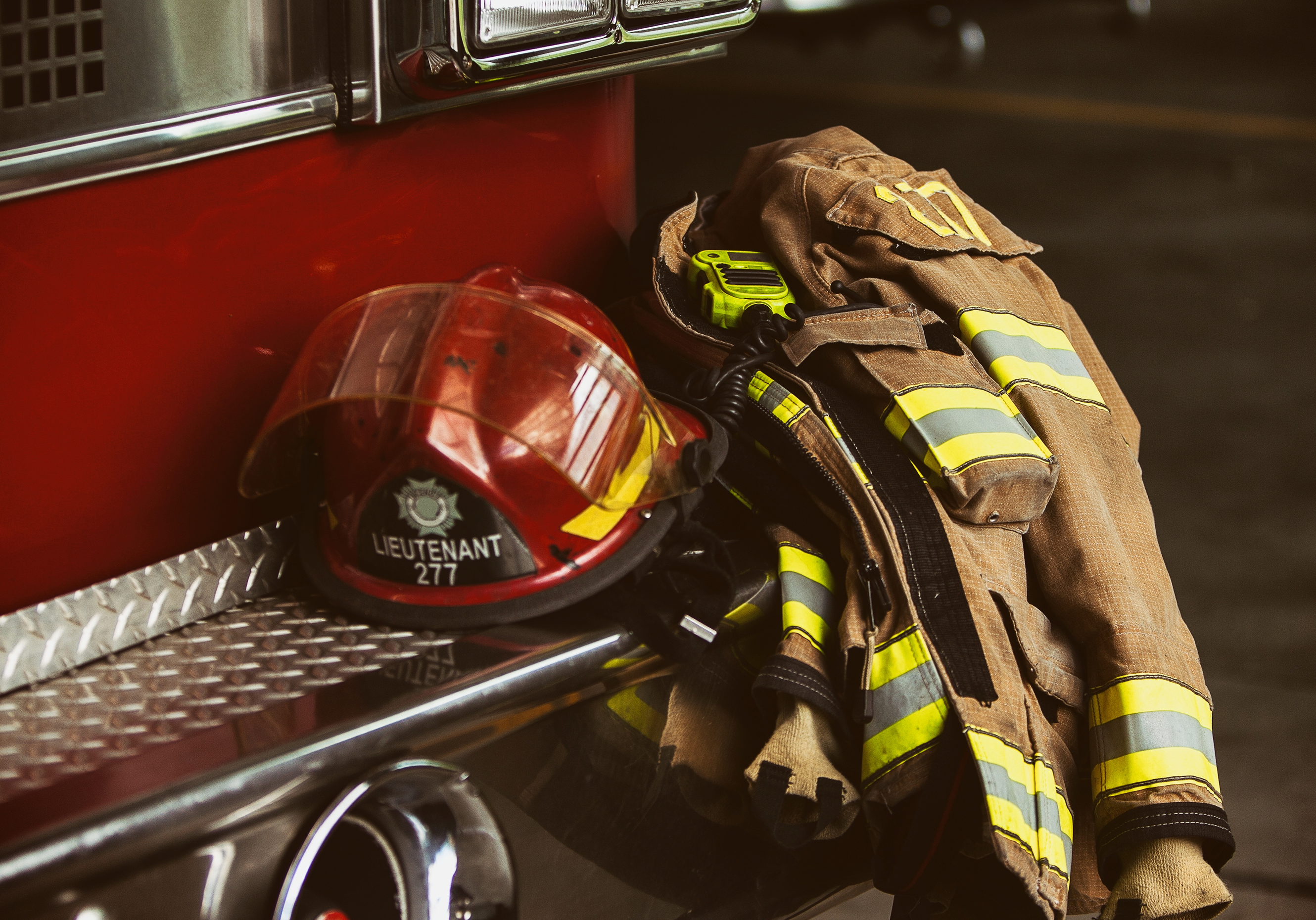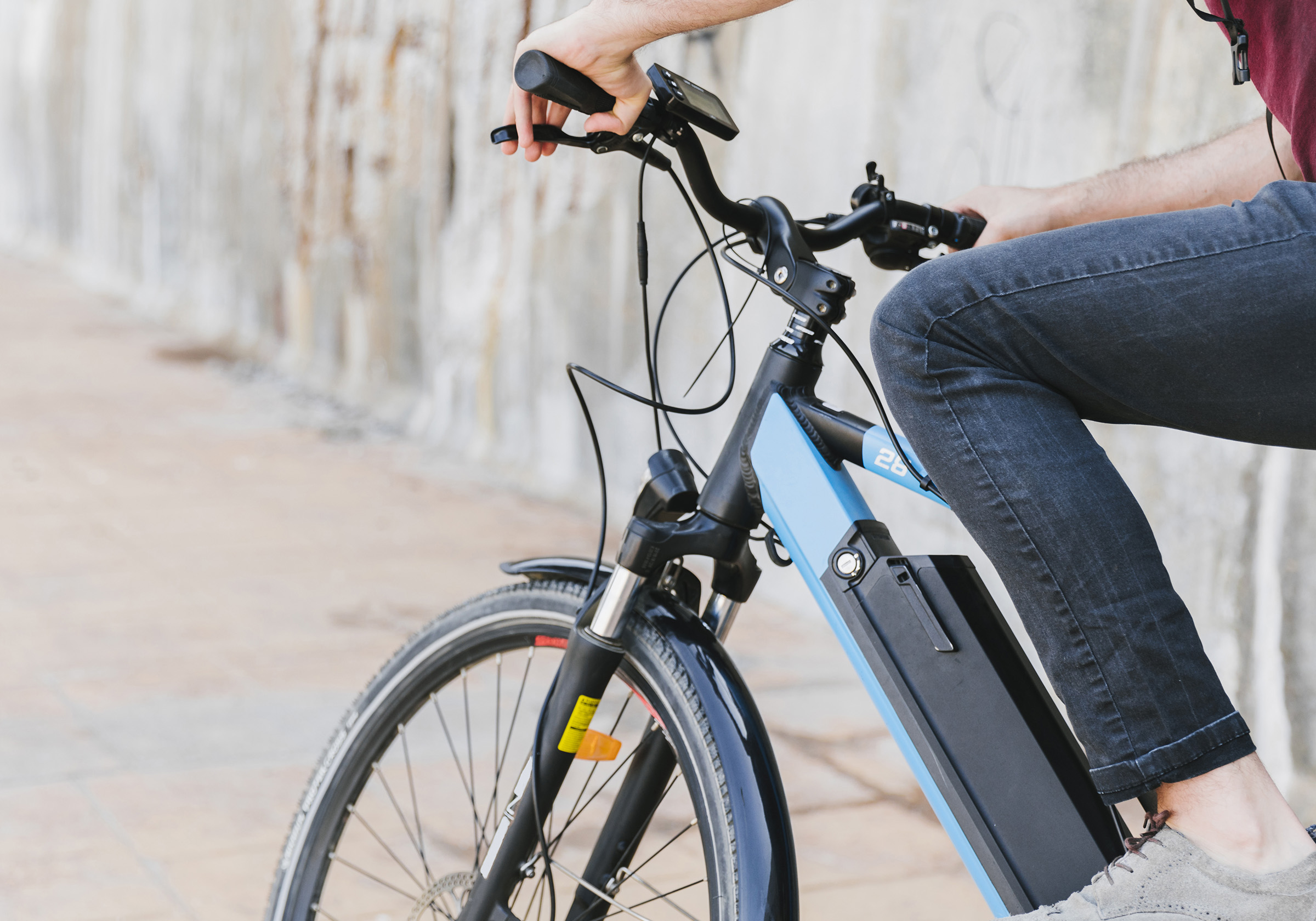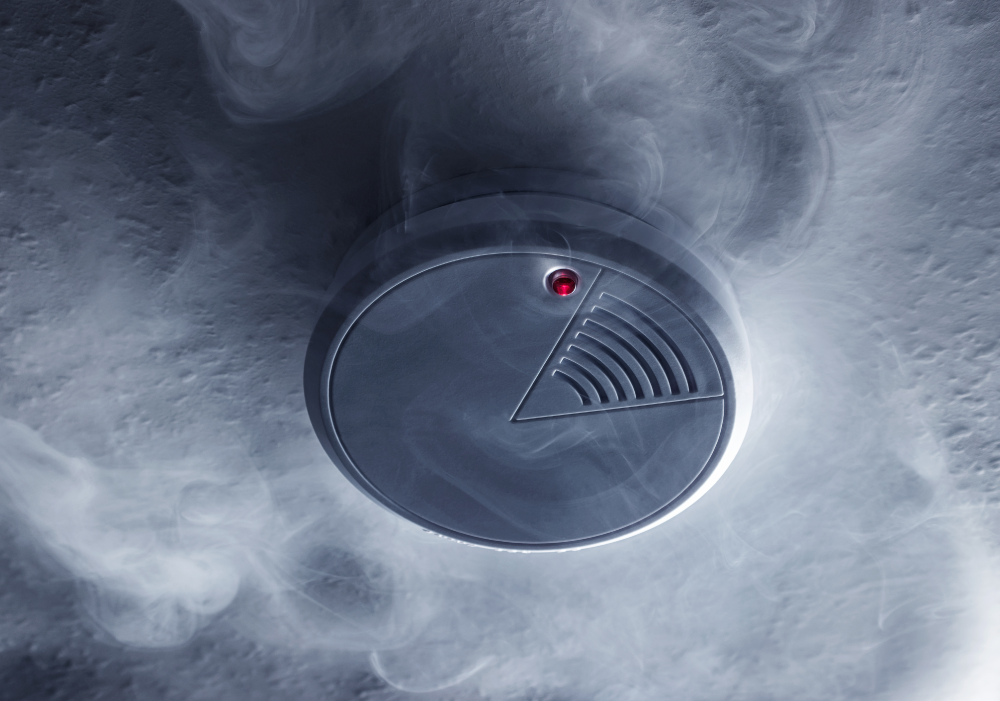Part of our series The Basics of Protection Class.
Every WSRB Protection Class (PC) evaluation includes an in-person visit from one of our fire protection analysts. We’ll be making more than 100 visits in 2020, so we want to give you an inside look at one of them.
What happens during a visit depends on the unique features of your community. All evaluations include a visit to the fire station(s) to ask questions and review records. However, the fire department is not the only place we visit. We’ll also visit water departments, fire marshal offices, building officials, and communication centers and may conduct flow tests on hydrants.
On every visit, we have the same two goals: to gather the information we need to complete an evaluation and to answer any questions you have for us. We try to work as efficiently as possible because we know the evaluation process isn’t part of your everyday operations. After all, it takes place once every five years. The visit will be easier and more productive for everyone if you take a few simple steps to prepare.
A visit to Snohomish County
I've worked as a WSRB fire protection analyst for six years. Early on November 12, I began my visit to Snohomish County Fire District 21, a single-station department in Arlington Heights. Snohomish County Fire District 21 serves approximately 9,000 people in rural Snohomish County, primarily with volunteer firefighters who live in the district.
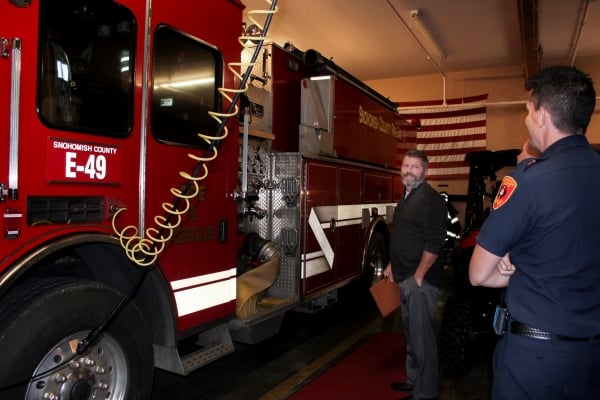 Checking out one of Snohomish County Fire District 21's fire engines.
Checking out one of Snohomish County Fire District 21's fire engines.
Upon arrival in the morning, I was welcomed by two firefighters and later joined by Chief Chad Schmidt. Together, we worked through questions about the following topics:
- The firefighting apparatus in the district, including the year, make, and model, as well as the engine pumping capacity in gallons-per-minute and water capacity.
- The district’s full-time, part-time, and volunteer personnel and their hours on duty.
- Automatic aid agreements with nearby districts.
- Hose testing procedures and hose washing, drying, and storage systems.
- Practices for inspecting, testing, and maintaining firefighting equipment on the apparatus and fire station facilities.
- The features of the station itself.
We also reviewed several types of records, including:
- Incident reports
- Run cards
- Firefighting equipment inspection and testing
- Personnel rosters
- Training logs
In fact, reviewing records is a primary reason for our visit. We will let you know before our visit the records we need to review so you can prepare.
We looked at Snohomish County Fire District 21’s fire engines. The district has two engines, a tender (water carrier), a command vehicle, and an ambulance.
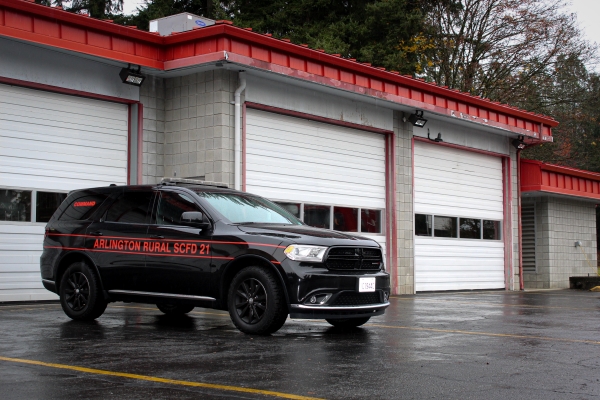 Snohomish County Fire District 21 has a command vehicle for firefighting.
Snohomish County Fire District 21 has a command vehicle for firefighting.
Related:
Preparing for a Protection Class Evaluation
We already had some of the other information we needed — on the water system, communications system, building codes, and fire marshal duties — from recent visits to other locations earlier this year. For example, Snohomish County Fire District 21 uses the county for building code and fire marshal duties and receives alarm notifications through a county dispatch center that serves multiple departments in the county. WSRB recently visited these facilities, so there was no need to revisit them during this trip.
What happens after our visit
This visit, like every visit, was just one part of the PC evaluation process. Before the visit, we reviewed the information we already had on the district and planned our interview to be as productive as possible. Now that the visit is complete, I’ll review the documentation and crunch the numbers. Then, I’ll work with the rest of the Public Protection team to conduct a quality review and finalize the district’s updated PC.
If you have questions about how the PC evaluation process will work for your community, contact our Customer Service team at 206-217-0101, Monday through Friday, 7:30 a.m. to 4 p.m., and ask to be connected to the Vice President of Public Protection.




